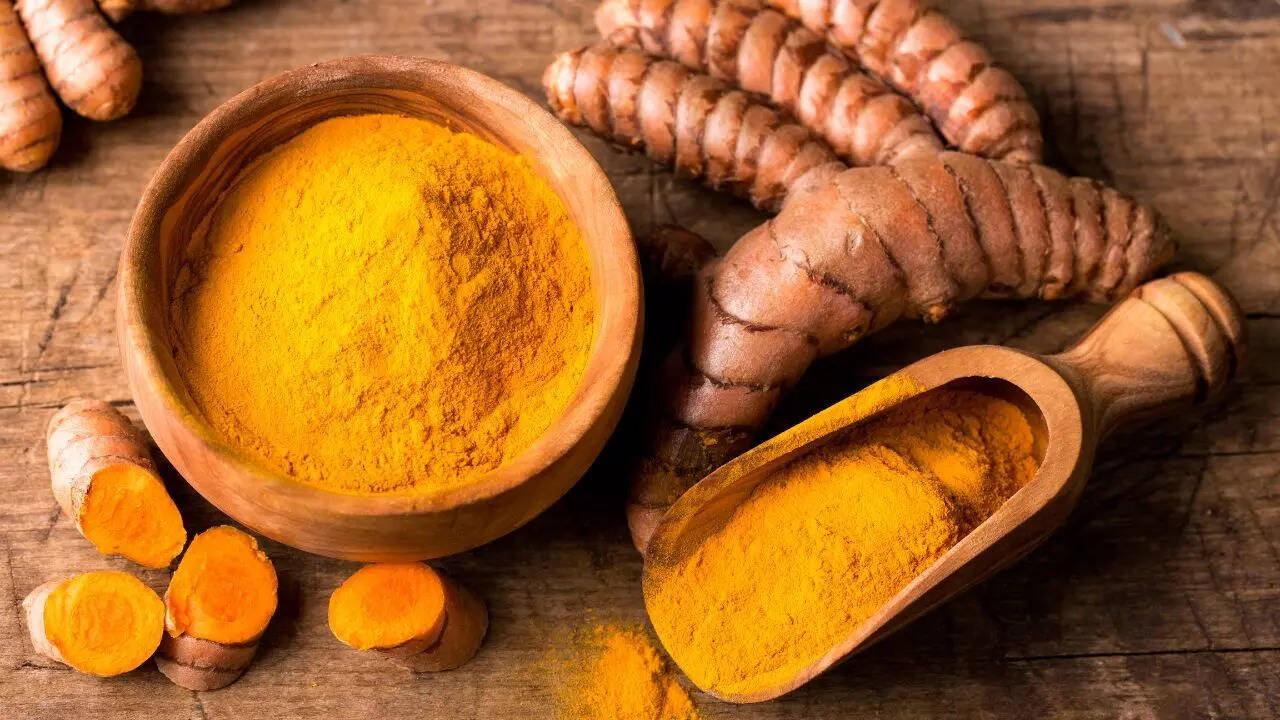Turmeric is an essential spice found in our kitchen masala boxes, which adds a golden glow to dal, curries, and even milk. It’s mostly hailed as a “miracle spice” for its anti-inflammatory and antioxidant properties, thanks to its active compound, curcumin. But while it’s tempting to think “the more, the better,” the truth is, the body thrives on balance. Consuming too much or too little turmeric can have its own set of signs, some obvious, some surprisingly subtle.
“Turmeric is harmless, so large doses are safe”
Turmeric in food amounts is generally safe, but very high doses, especially from supplements, can irritate the stomach and even affect liver function in rare cases.Persistent nausea, loose stools, or a bitter aftertaste that lingers long after meals could hint at excess. In such cases, scaling back to a pinch or two in cooking might be wise, rather than relying on concentrated capsules without medical advice.

“No turmeric means missing out on immunity benefits”
Turmeric can boost immunity, but the body also relies on a variety of nutrients from fruits, vegetables, and other spices.If turmeric is skipped for weeks and immunity seems lower, frequent colds, slower recovery from mild infections, it could signal that the diet is missing one of its natural allies. Still, it’s rarely the only reason for low immunity. A balanced plate matters more than one superstar spice.
Subtle digestive changes as a clue
Turmeric can help in digestion in moderate amounts, but too much can overstimulate stomach acid, while too little might leave the gut missing its gentle support.Burning sensation, bloating, or sudden acid reflux after meals rich in turmeric.Signs of too little: A noticeable shift in digestion when turmeric-rich meals are replaced by completely bland food, especially in those used to daily intake.
Changes in skin tone and glow
This might sound like an old wives’ tale, but in some people, turmeric’s antioxidants seem to support a natural glow.Too little: The skin may feel dull or lifeless over time, though many other factors can be involved.

Too much: Overdoing turmeric, especially in supplements, can rarely cause a slight yellow tinge in the skin, as curcumin builds up in the body. It’s harmless but a sign to ease up.
The joint and muscle connection
Turmeric is celebrated for reducing joint stiffness and post-exercise soreness.Too little: If long-standing turmeric use is stopped abruptly, joint discomfort or slower muscle recovery might be noticed in some.
Finding the sweet spot
For most adults, ½ to 1 teaspoon of turmeric powder in daily cooking is a safe, balanced range. Supplement doses should only be taken after medical guidance, as these are far more concentrated. Cooking turmeric with fat (like ghee) and black pepper also boosts absorption, ensuring the body benefits from smaller, safer amounts.[Disclaimer: This article is for informational purposes only and should not replace medical advice. Any major dietary changes, especially the use of turmeric supplements, should be discussed with a healthcare professional, particularly for individuals with medical conditions or those on regular medication.]


